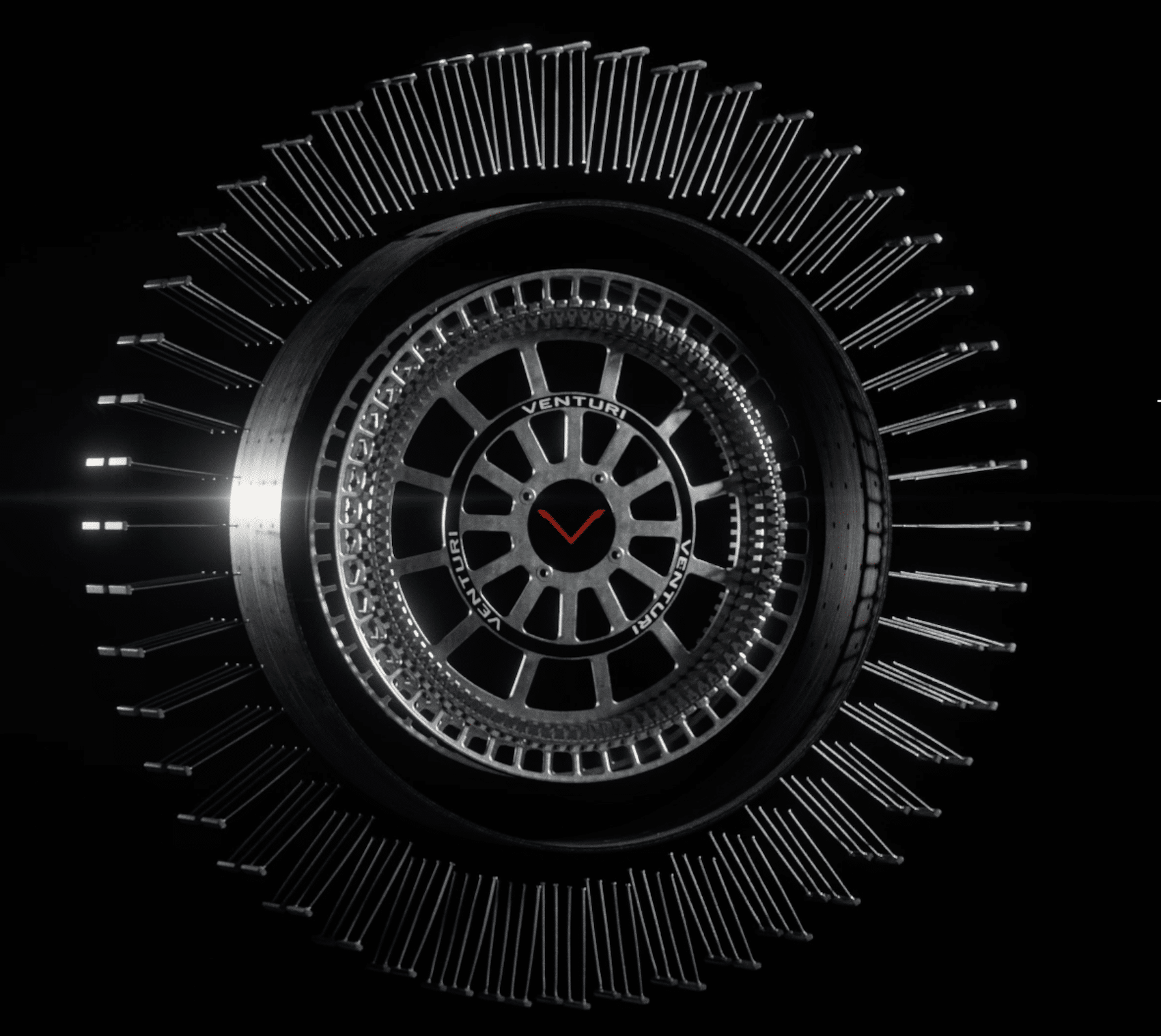

The Swiss Team Venturi Space tasked with designing and building the wheels opted for a diameter of 930 mm.
384 000 km
from Earth
129.78°E
-89.67°S
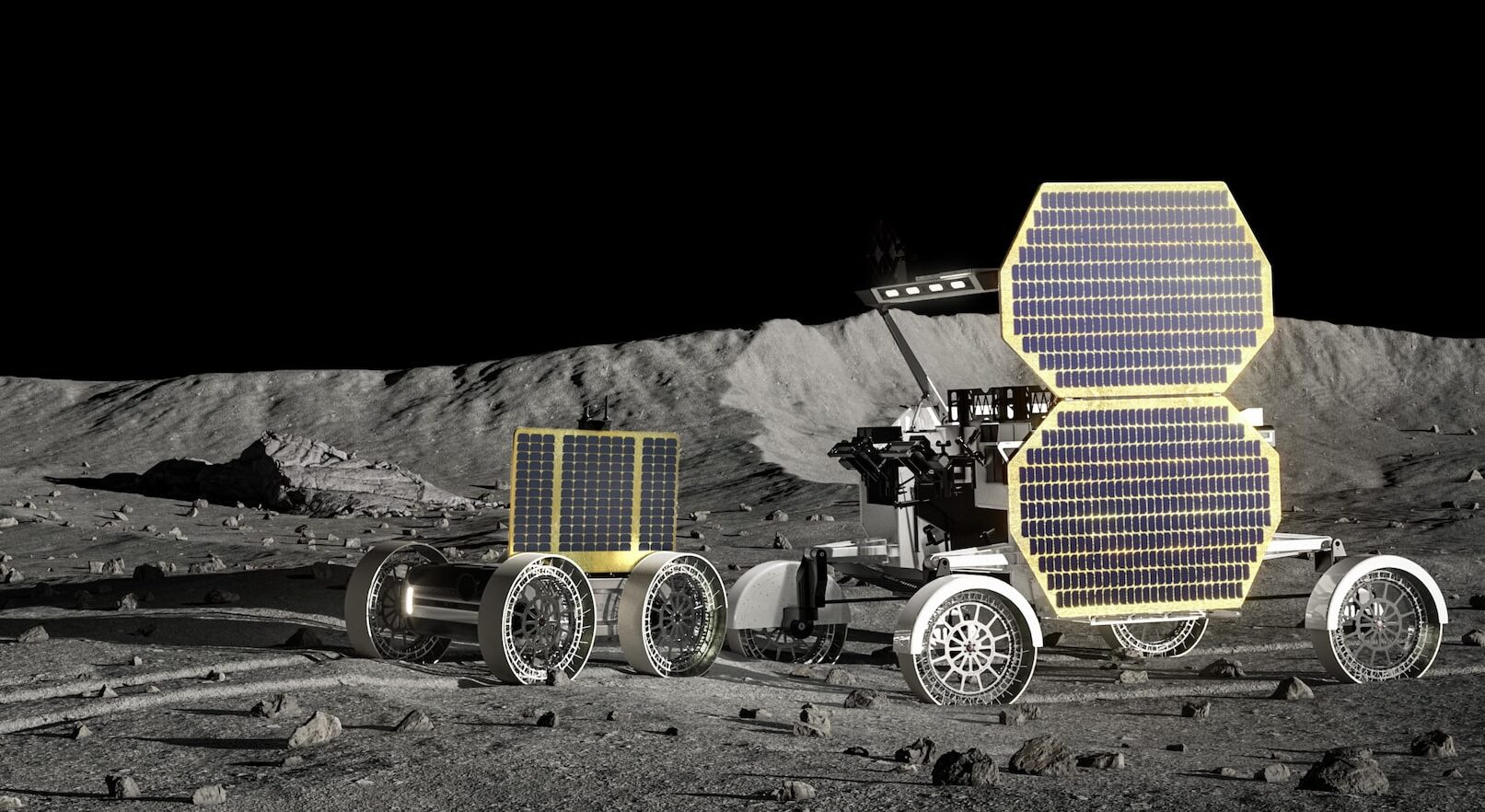
MEET US AT THE 55th INTERNATIONAL AIR AND SPACE SHOW
Paris • Le Bourget
16-22 june 2025
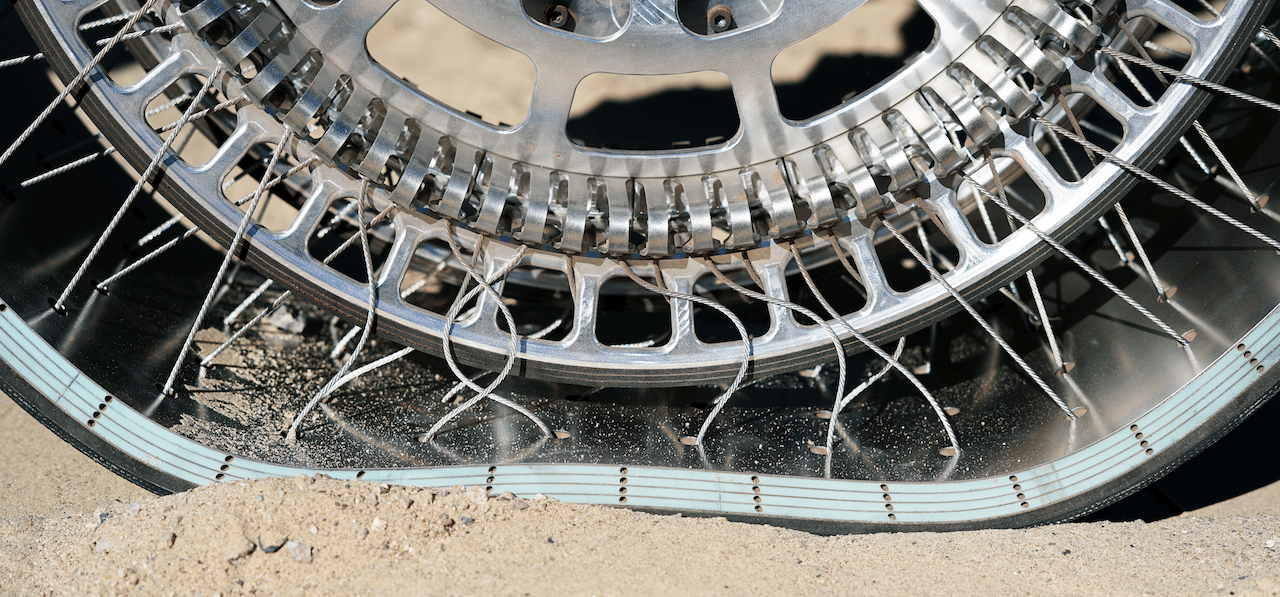
But this time at the lunar South Pole. The challenges are considerable: temperatures fall as low as -240°C and can reach as a high as +130°C. Until now, there has been no material capable of deforming and returning to its original shape in such a range of temperatures. It had to be invented and tested under those extreme conditions, as according to its specifications, the Venturi Astrolab’s rover will need to reach speeds of up to 15 km/h. And because the Moon’s surface is uneven, the wheel will need to retain its hyper-deformable capabilities in all situations.
The Venturi wheel has been designed by the engineers, chemists, and physicists at Venturi Space Switzerland. It will be fitted to the astromobile developed by Venturi Astrolab, which will initially be used to carry payloads and will be delivered to the Moon’s surface by SpaceX’s Starship rocket in 2026-2027.
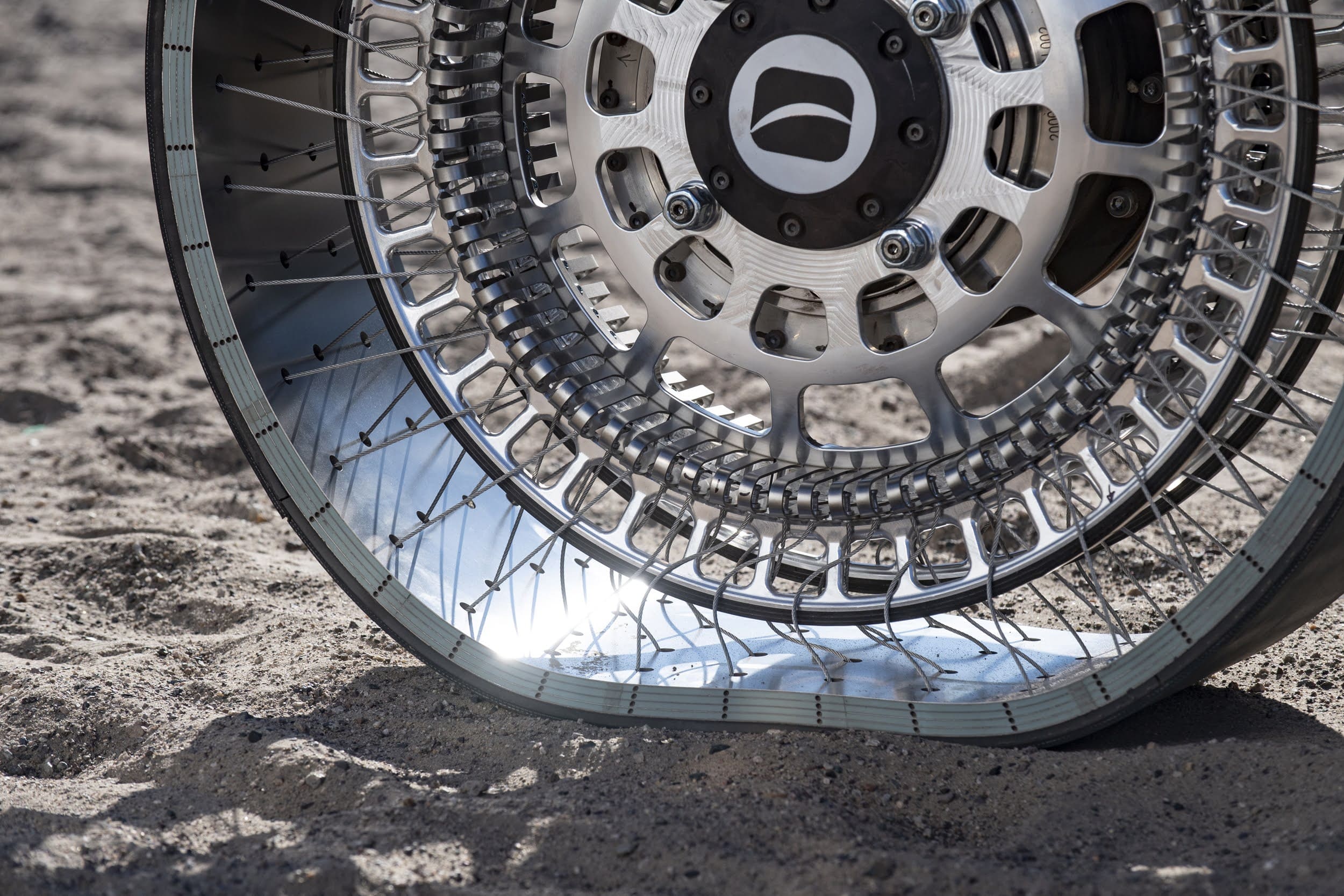
With the exception of the Apollo missions, every other vehicle in the history of space exploration has been equipped with rigid wheels. The Venturi Wheel is different. Hyper-deformable, it has the capacity to warp significantly, absorbing terrain irregularities while retaining its robustness and endurance. The wheel will be capable of climbing gradients in excess of 20 degrees, something completely impossible with rigid wheels that are limited to slopes of no more than around 8 degrees.


The Swiss Team Venturi Space tasked with designing and building the wheels opted for a diameter of 930 mm.
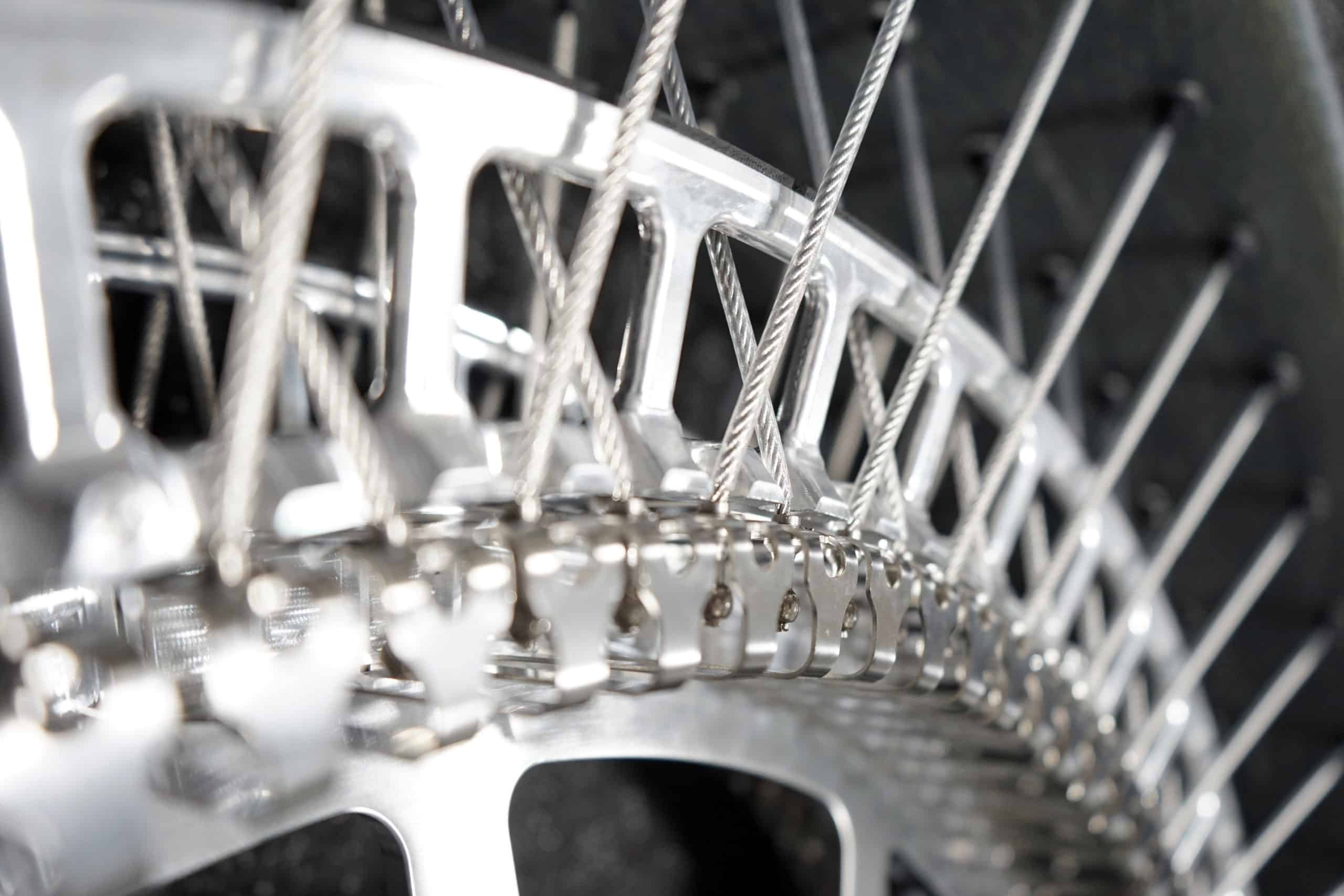

The inner circumference of the wheel is connected by 192 sprung cables arranged along the outer rim.
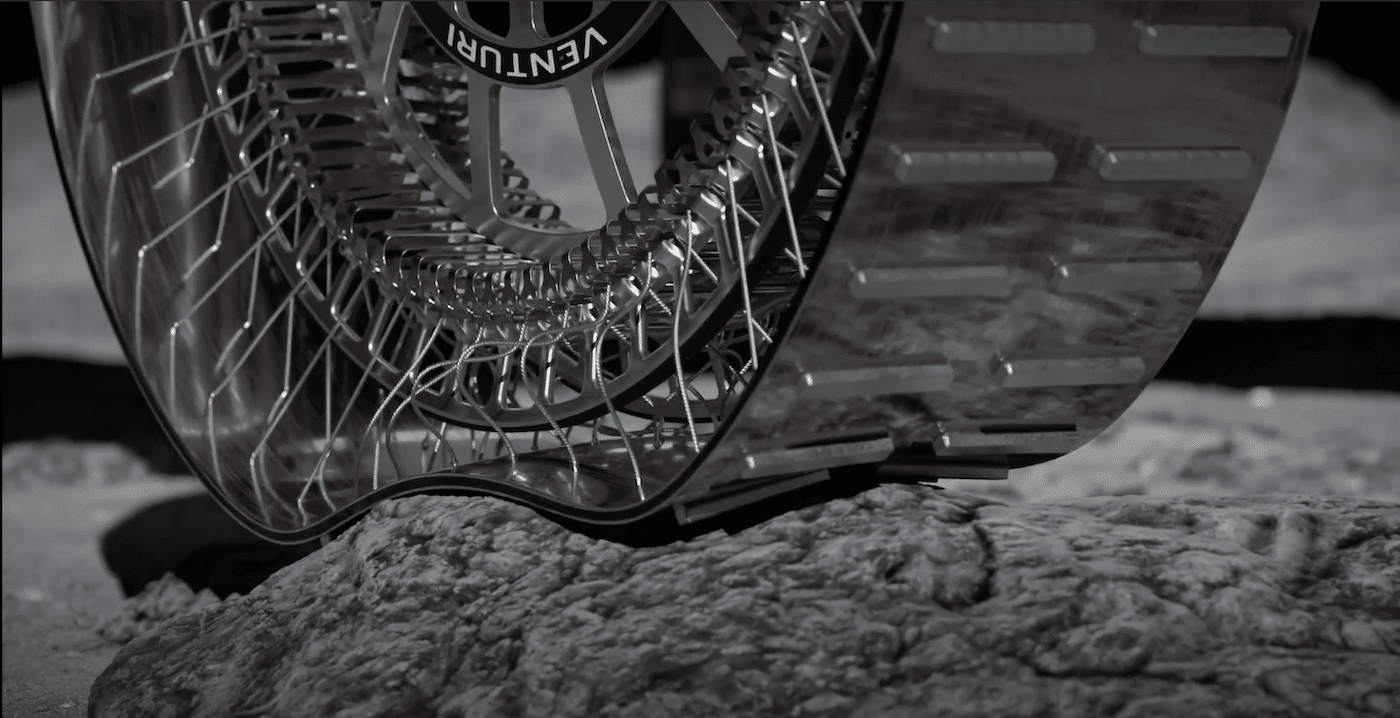

At the lunar South Pole, the astromobile will have to endure temperatures ranging from +130°C to -240°C. Despite that, all four wheels will be capable of supporting a 2 tonne load and warping to negotiate irregularities in the terrain.
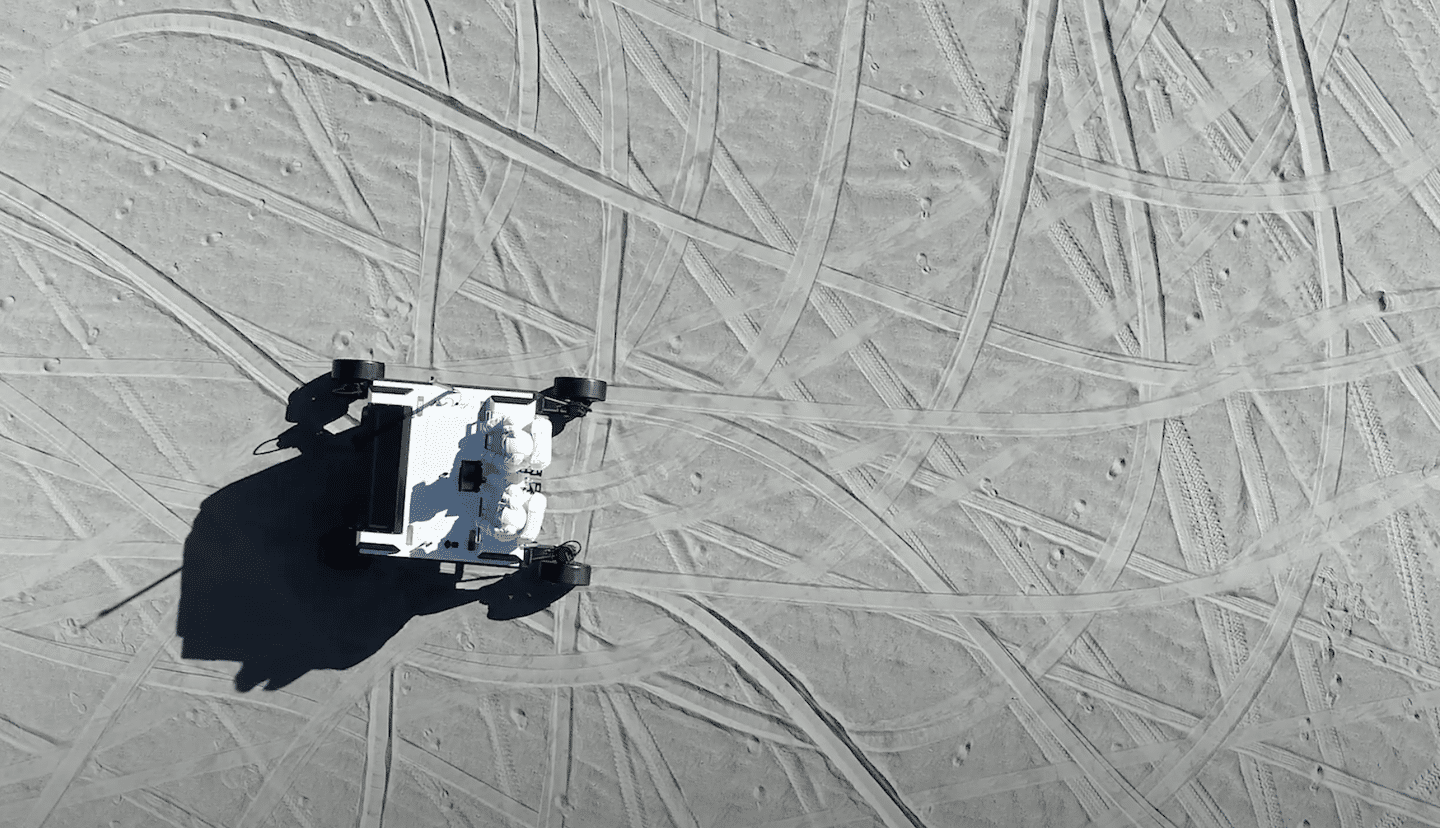

The vehicle that has clocked up the biggest mileage on the Moon is the rover used by the Apollo 17 mission: 35.9 km over a period of 12 days. NASA’s specifications for the planned Artemis missions have set a target of 5,000 km. To make things even more challenging, this time the rover will need to keep operating for over ten years, in a considerably more hostile environment than the 1972 mission with more extreme temperatures and solar radiation.
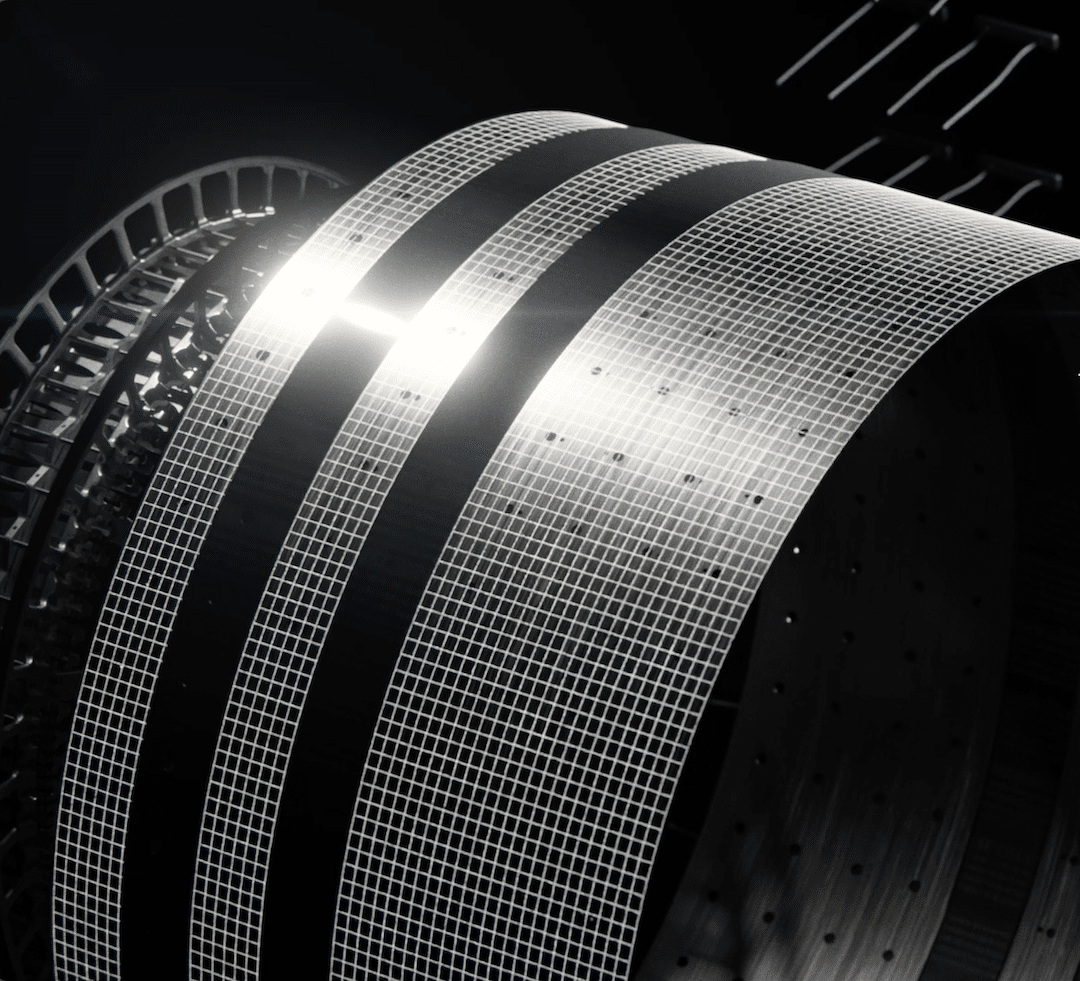

The Moon’s axis of rotation is tilted at an angle of 1.5 degrees relative to the plane of Earth’s orbit around the Sun. Whereas the Earth’s axis is tilted 23.5 degrees from the plane of its orbit. This means that the high peaks at the lunar South Pole are almost constantly exposed to solar radiation. Since the Moon has no atmosphere, the radiation is particularly aggressive. The Venturi wheel has been designed to be extremely resilient, capable of withstanding the extreme conditions.
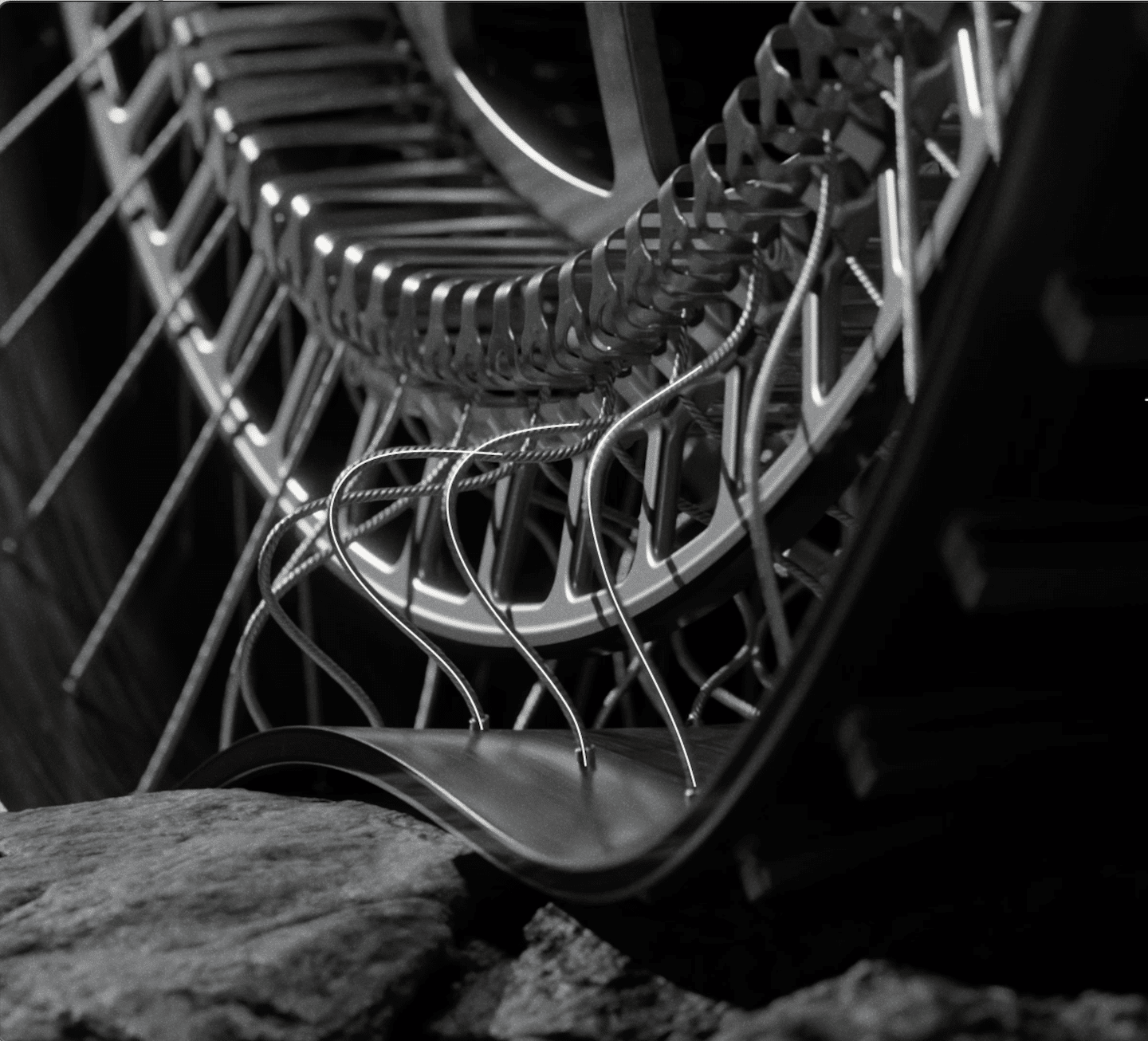

The tread is formed of blades made from stainless steel and relatively inextensible composites. These are held in place by a unique, super-elastic material developed exclusively by Venturi Space Switzerland, that offers very high flexibility at particularly low temperatures.
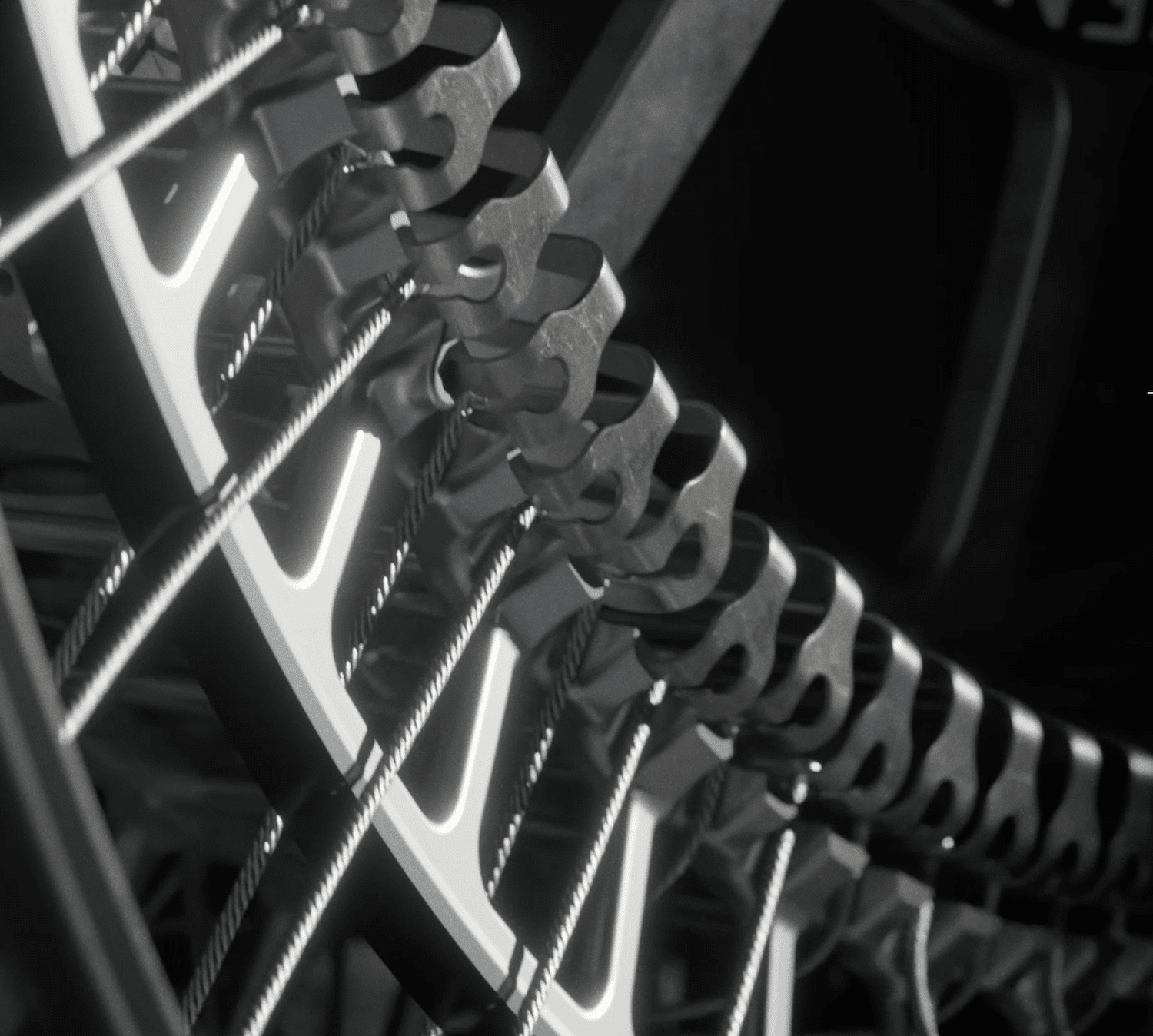

The tread is made up of several relatively inextensible stainless steel blades. Between them, a hyper-elastic material, unique in the world and developed by Venturi Space Switzerland, is inserted. This material provides exceptional flexibility even at extremely low negative temperatures. The crown acts as a stopper, while the springs contribute to the hyper-deformability.
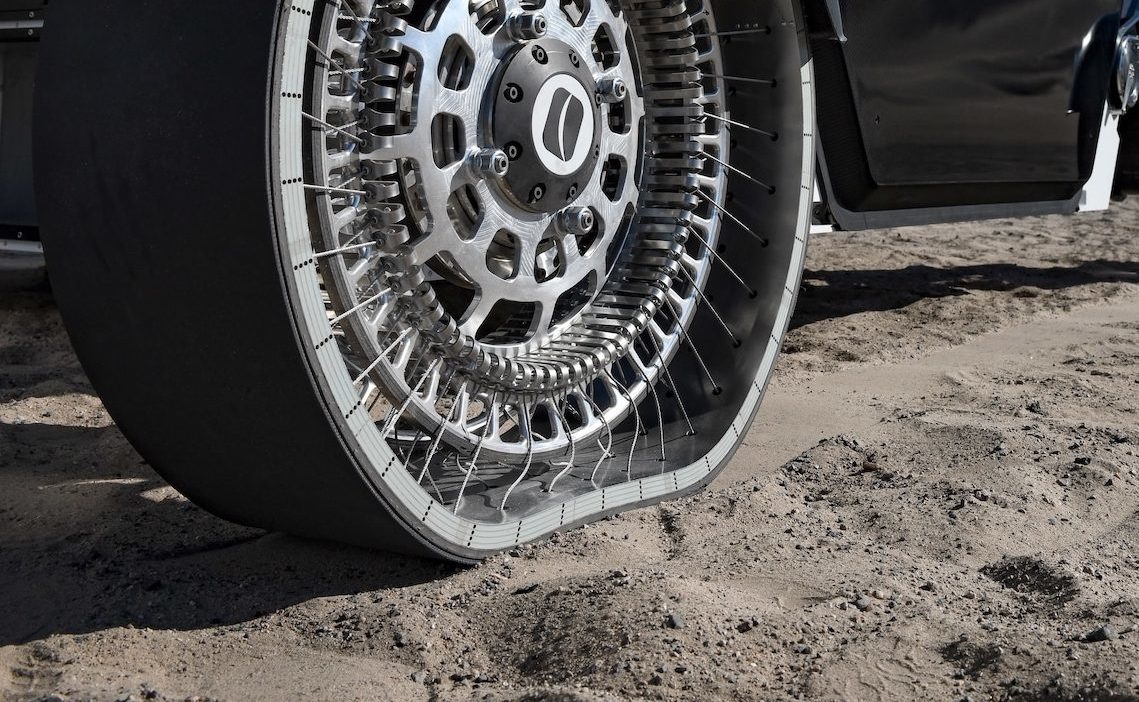 xr:d:DAF9OaMBOP0:5,j:5579253199214390664,t:24021909
xr:d:DAF9OaMBOP0:5,j:5579253199214390664,t:24021909
The vehicle weighs around 500 kg. It is capable of carrying a payload of up to 1,500 kg. One of the challenges is for the wheel to support the 2 tonne mass, whilst still retaining its hyper-deformable capabilities at speeds of up to 15 km/h.